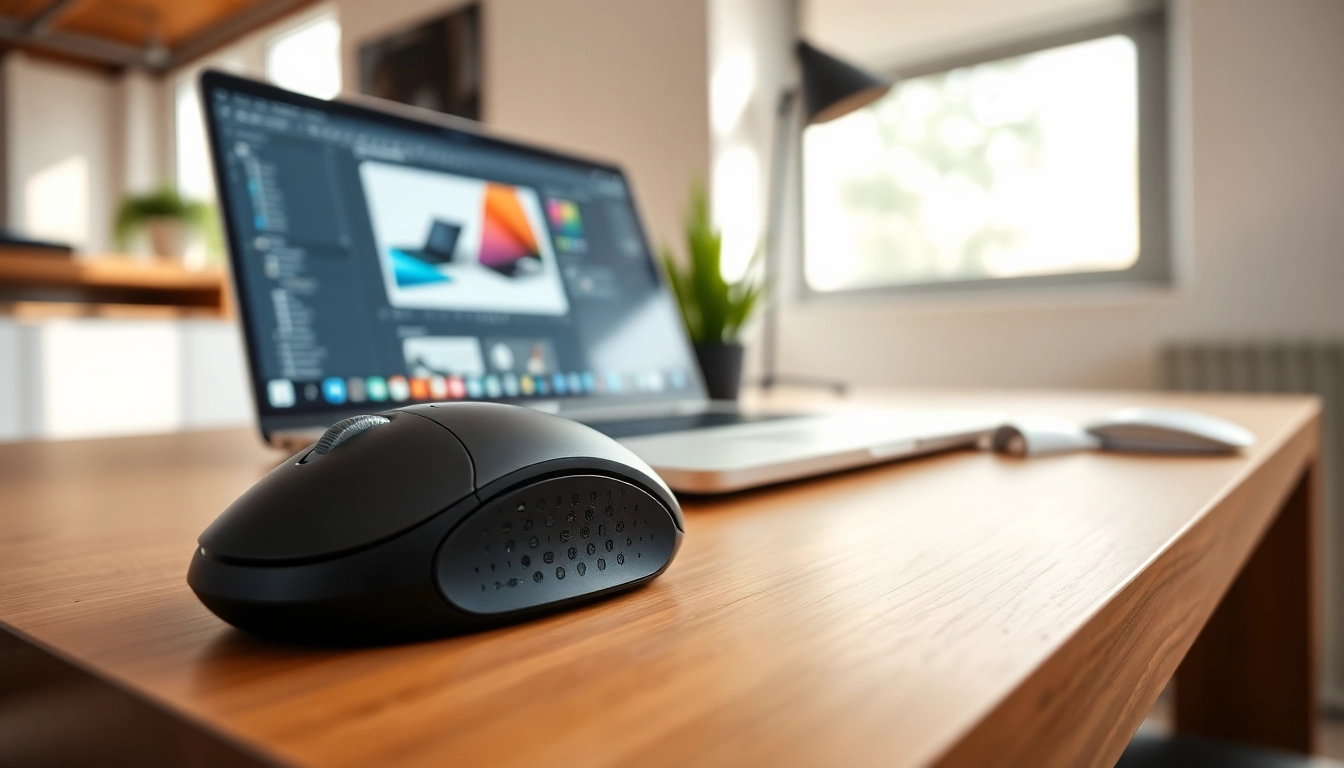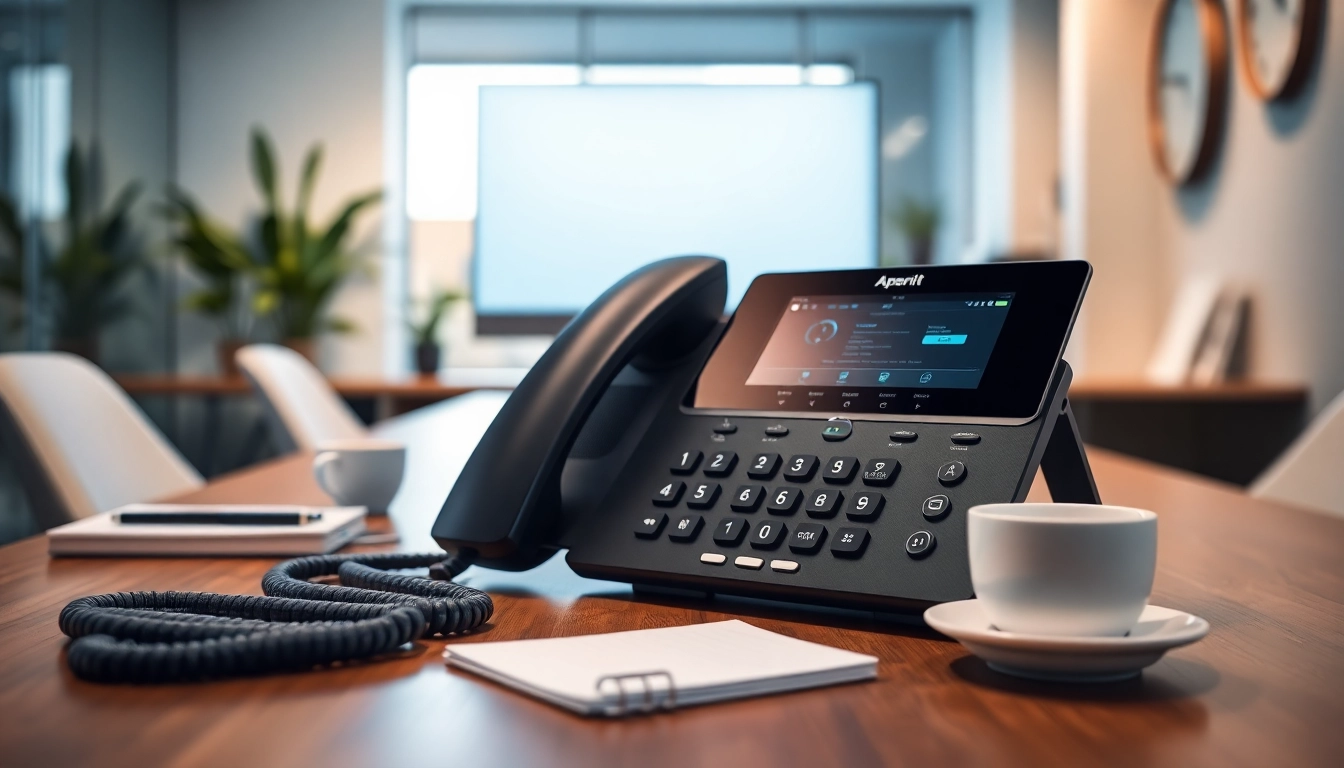When discussing productivity and user experience in the digital world, few devices play as crucial a role as the Mouse. As a primary interface between the user and their computer, the right mouse can dramatically enhance comfort and efficiency. This comprehensive guide aims to navigate through understanding the various types of mouses, their key features, optimizing their performance, troubleshooting common challenges, and looking ahead at future trends in mouse technology.
Understanding the Different Types of Mouse
What is a Computer Mouse?
A computer mouse is a hand-held device that controls a cursor on a computer screen, allowing users to interact seamlessly with the graphical user interface. Originating in the 1960s, the mouse has evolved significantly, adapting to technological advancements. Today, various types of mice cater to different user preferences, ranging from basic models suitable for everyday tasks to specialized options for gaming and professional design work.
Wired vs. Wireless Mouse
When it comes to choosing between wired and wireless mice, personal preference, usage environment, and specific needs play substantial roles. Wired mice, connected via USB, typically offer stable connections and do not require batteries, making them suitable for high-performance tasks that demand reliability. On the other hand, wireless mice provide the flexibility of movement, which many users find convenient, particularly in mobile or collaborative environments. The latest wireless models utilize advanced technologies to minimize latency, offering performance levels comparable to wired versions.
Specialized Mice for Gaming and Design
For gaming enthusiasts and design professionals, selecting a specialized mouse can significantly impact performance and comfort. Gaming mice often feature greater sensitivity and precision, adjustable DPI settings, customizable buttons, and ergonomic shapes designed for extended use. Design mice tend to prioritize comfort and multi-functionality, offering features that enable designers to streamline their workflows and boost productivity. Both categories showcase innovative designs tailored to meet the rigorous demands of their respective fields.
Key Features to Consider When Selecting a Mouse
DPI and Sensitivity Settings
DPI, or dots per inch, is a vital metric that determines how sensitive a mouse is. A higher DPI means that the cursor moves further with less physical movement of the mouse. Choosing a mouse with adjustable DPI settings allows users to tailor sensitivity based on tasks, whether for precise design work or quick movements in gaming scenarios. Finding a balance that suits personal preferences can enhance overall user experience significantly.
Ergonomics and Comfort
Ergonomics is crucial for anyone who spends long hours at their computer. An ergonomic mouse supports natural hand positions, reducing strain and fatigue. Key factors to consider include the size of the mouse, its shape, the position of buttons, and whether it provides support for the wrist. Mice that promote a neutral wrist position are essential for preventing repetitive strain injuries and chronic discomfort over long periods of usage.
Connectivity Options
Connecting your mouse to a computer can depend on personal preferences and how one intends to use it. USB connections are standard for wired mice, while Bluetooth and proprietary wireless connections are popular for wireless options. Understanding the available connectivity options helps in eliminating frustration and compatibility issues when using different devices.
How to Optimize Mouse Performance
Adjusting Settings for Efficiency
Optimizing mouse settings can enhance usability. Adjusting settings such as cursor speed, double-click speed, and scrolling speed allows users to fine-tune their experience according to their preferences. Additionally, incorporating features like snap-to or pointer precision can help in achieving a balance between speed and accuracy.
Using Mouse Software for Customization
Many modern mice come equipped with dedicated software that allows users to customize button functions, create macros, and set different profiles for various applications. Delving into these customizable features can significantly improve productivity, particularly for repetitive tasks or complex workflows that benefit from shortcuts or specialized commands.
Maintaining Your Mouse for Longevity
To extend the lifespan of your mouse, regular maintenance is essential. This includes cleaning the surface and the sensor area to prevent dust accumulation that may affect performance. Additionally, regularly checking and replacing batteries for wireless models is crucial to ensure they operate optimally when needed. Following manufacturer recommendations for care can also help maintain performance consistency.
Common Challenges with Mouse Usage
Accidental Clicks and Sensitivity Issues
Accidental clicks can be a source of frustration, especially for users with a high sensitivity setting. Adjusting DPI settings can mitigate this issue; however, it might require time to find a setting that balances speed and control. Awareness of grip styles and changing hand positions can also help reduce mishaps.
Compatibility Problems with Operating Systems
Compatibility issues can arise when a mouse does not work properly with certain operating systems. Ensuring that your mouse is compatible with the intended OS alleviates frustration. Additionally, keeping device drivers updated is crucial for performance and functionality, ensuring that all features of the mouse operate smoothly across various platforms.
Replacing Batteries or Maintaining Charge
For wireless mice, managing battery life or charge can be a concern. Opting for rechargeable models or keeping backups of batteries readily available can minimize disruptions during use. Noting battery performance in relation to use patterns allows for better planning and ensures that users are not caught off-guard with a low battery.
Future Trends in Mouse Technology
Advancements in Ergonomic Design
The future of mouse technology focuses on ergonomics and user health. Emerging designs aim to combine comfort with functionality, including vertical mice and contour designs that significantly reduce wrist strain. Continuous research and user feedback are likely to drive innovations that accommodate diverse user groups and enhance the overall experience.
Integration of Smart Features
As technology evolves, the integration of smart features into mice is becoming more prevalent. Mice that can adapt sensitivity based on what the user is doing, or models equipped with gesture recognition, are beginning to emerge. Such advancements aim to bring an increased level of intuitive interaction that aligns inherently with user tasks.
Environmental Considerations in Mouse Manufacturing
With growing awareness of environmental issues, manufacturers are increasingly focusing on sustainable materials and practices in mouse production. Future mouses may feature biodegradable components or come from renewable resources, reflecting a shift in consumer preference towards eco-friendly products. This trend not only meets environmental needs but aligns with the broader societal move towards sustainability.



